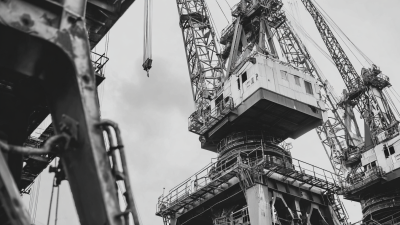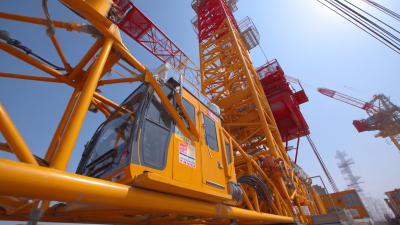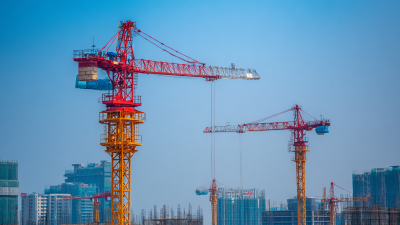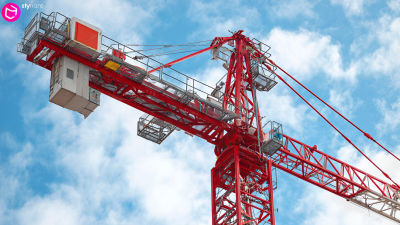The construction industry has witnessed significant advancements in the use of Tower Crane Mobile systems, which play a crucial role in improving efficiency and safety on job sites. According to a report by the Global Construction Market Insights, the tower crane sector is expected to grow at a CAGR of 6.9% from 2022 to 2027, driven by urbanization and rising demand for high-rise buildings.
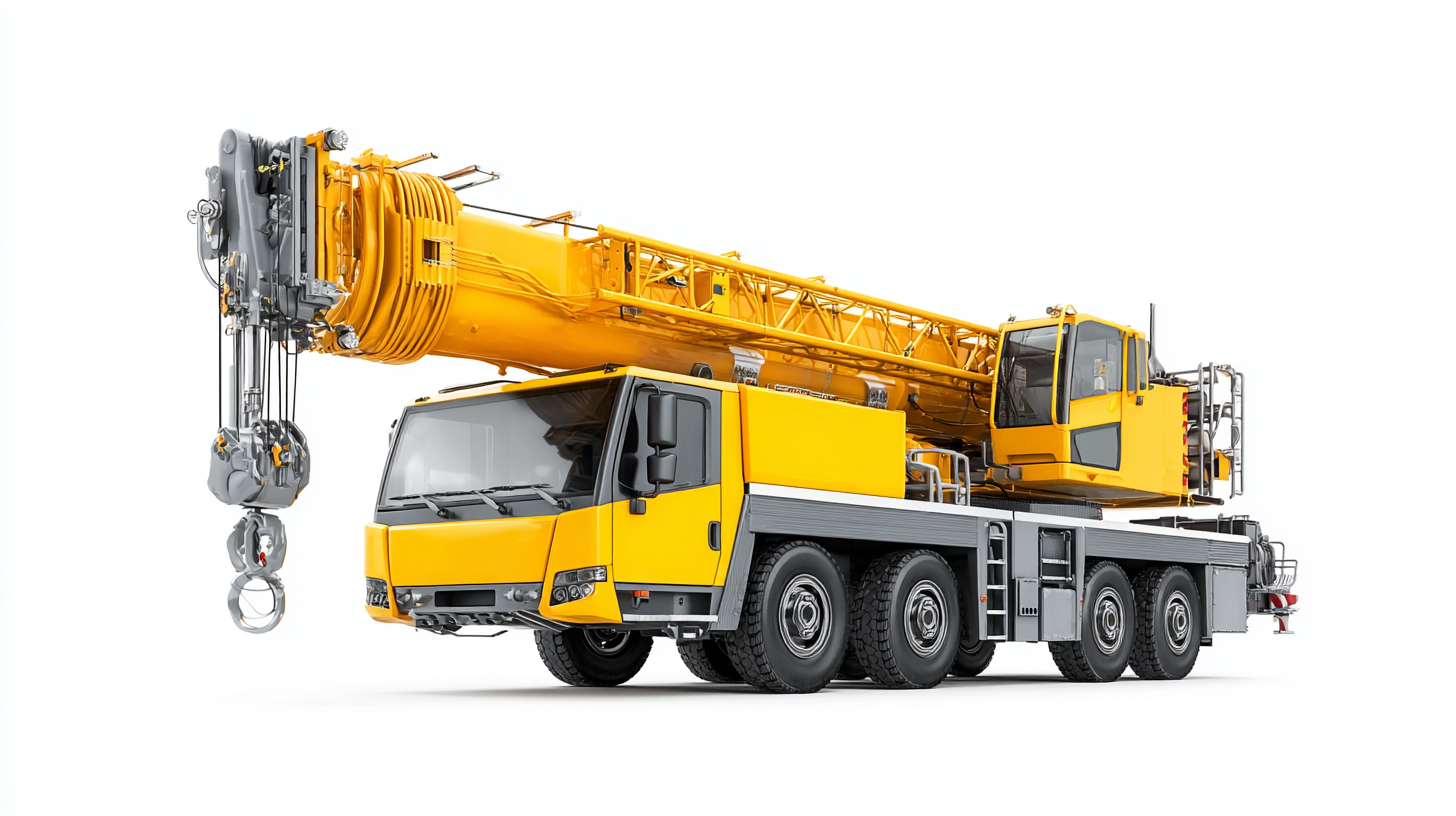
These mobile systems offer unparalleled versatility and can be easily relocated, making them ideal for both large-scale urban projects and smaller developments. Moreover, innovations in technology have enhanced the functionality and operability of Tower Crane Mobile systems, enabling operators to handle heavier loads with increased precision.
As the construction landscape continues to evolve, understanding the intricacies of these systems is essential for industry professionals looking to leverage their capabilities effectively.
The evolution of tower crane mobile systems has transformed the construction industry, enhancing efficiency and safety on job sites. Initially, traditional cranes were stationary and limited in mobility, leading to significant time losses during repositioning. However, the introduction of mobile systems has made it possible to transport cranes quickly between locations, enabling them to adapt to the dynamic nature of construction projects. Over the years, manufacturers have integrated advanced technologies, such as GPS and automated controls, into mobile tower cranes, allowing for precise positioning and improved operational capabilities.
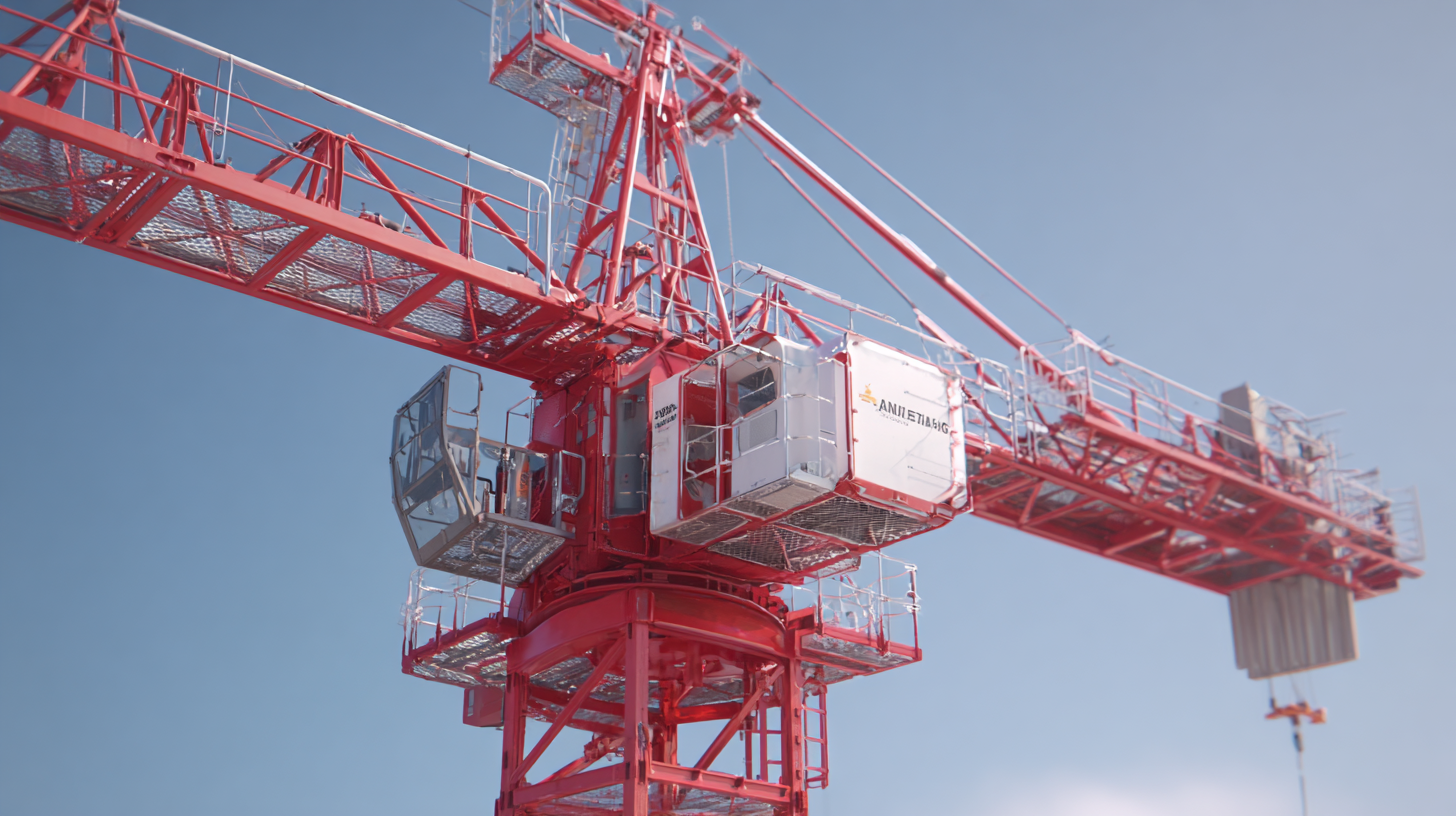 Today, various types of tower crane mobile systems cater to different construction needs. For instance, the flat-top cranes provide a clear workspace and can be easily adapted to the height of the building, while the luffing cranes are ideal for tight urban sites due to their minimal radius. Moreover, hydraulic mobile cranes have gained popularity for their ability to maneuver in confined spaces without sacrificing lifting power. As construction projects grow larger and more complex, the versatility of these mobile systems ensures that they remain a vital asset in modern construction, driving productivity and innovation forward.
Today, various types of tower crane mobile systems cater to different construction needs. For instance, the flat-top cranes provide a clear workspace and can be easily adapted to the height of the building, while the luffing cranes are ideal for tight urban sites due to their minimal radius. Moreover, hydraulic mobile cranes have gained popularity for their ability to maneuver in confined spaces without sacrificing lifting power. As construction projects grow larger and more complex, the versatility of these mobile systems ensures that they remain a vital asset in modern construction, driving productivity and innovation forward.
Tower cranes are essential in modern construction, providing critical lifting capabilities. At the heart of these machines lie key components that define their mechanics and functionality. The primary parts include the tower structure, which provides the necessary height and stability, and the jib, or horizontal arm, which extends out to carry loads. The jib is attached to a rotating mechanism that allows it to swivel, offering flexibility when positioning materials on-site.
Another vital element of tower crane mobile systems is the hoisting mechanism. This system typically consists of a winch and wire ropes that lift loads from the ground to the desired height. The hoist's efficiency is crucial for ensuring the precise movement of heavy materials, and it often includes safety features like limit switches and load sensors to prevent overloads. Additionally, the mobile base equipped with outriggers helps distribute the crane's weight, ensuring it remains stable during operation. Understanding these components and their interplay is essential for optimizing the performance of tower cranes in various construction environments.
Safety is paramount in the construction industry, particularly when operating tower cranes. These towering structures, essential for heavy lifting on construction sites, must adhere to stringent safety standards and regulations to ensure the well-being of workers and the surrounding environment. Various organizations and government bodies set these guidelines, focusing on equipment stability, operator training, and regular maintenance checks. Compliance with standards such as those from the Occupational Safety and Health Administration (OSHA) in the United States and similar entities globally helps prevent accidents and enhances operational efficiency.
Moreover, regulations encompassing the installation and operation of tower cranes mandate rigorous inspection and certification processes. Operators are required to undergo specialized training programs that cover safe handling techniques, emergency procedures, and the identification of hazards. Additionally, crane manufacturers often provide comprehensive safety manuals that outline best practices, further emphasizing the importance of adhering to these regulations. By prioritizing safety protocols, the construction industry can foster a safer work environment, reducing the risk of incidents and ensuring that tower cranes function effectively within their intended operational parameters.
The tower crane rental market is experiencing significant growth, projected to reach USD 22.1 billion by 2030. This surge can be attributed to increasing infrastructure projects across North America, Europe, and Asia, driving demand for efficient lifting solutions. As construction and mining sectors expand, the necessity for reliable crane systems becomes ever more critical, making it a prime opportunity for businesses looking to invest in this area.
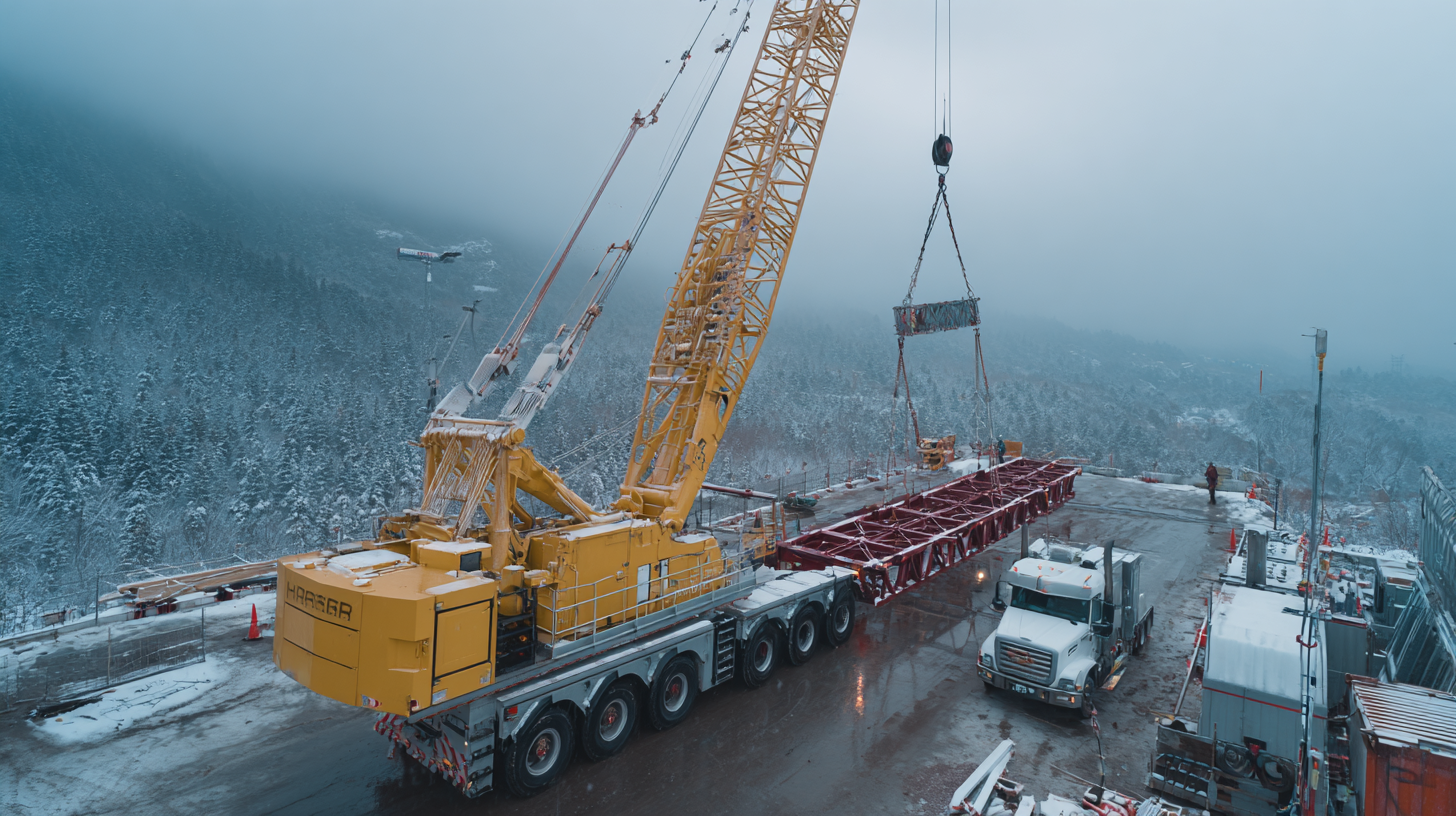
To maximize benefits in this booming market, companies should consider adopting automated crane systems. Automation not only enhances operational efficiency but also improves safety and reduces labor costs. Investing in staff training on these new technologies is equally vital; a well-trained workforce can effectively leverage advanced systems, contributing to better project outcomes.
Keeping up with market trends can significantly influence your business strategy. Regularly analyze industry reports and participate in trade shows to remain informed about the latest innovations and competitive dynamics. Understanding these trends will equip your business with the insights necessary for making informed decisions in this rapidly evolving sector.
When it comes to construction site logistics, the debate between mobile tower cranes and static cranes remains pivotal. Mobile tower crane systems offer exceptional flexibility and maneuverability, proving vital in tight project timelines. According to the 2021 Report by the International Association of Crane Operators, mobile cranes can improve operational efficiency by up to 30% compared to their static counterparts due to their ability to reposition quickly on-site. This can significantly reduce downtime, especially on large projects requiring multiple setups in different locations.
Conversely, static cranes excel in heavy-lift operations, with an impressive lifting capacity that can reach up to 1,000 tons, as reported by the 2023 Global Construction Equipment Market Insights. They are often more suited for long-term projects requiring sustained elevation and stability. However, firms must consider the economic implications; while static cranes might have a higher initial investment, their lower operational costs over time can be a game-changer for prolonged endeavors.
**Tip:** When selecting crane systems, assess the project scale and duration carefully. Mobile cranes are ideal for short-term projects requiring quick shifts, while static cranes may serve better for extensive, stable operations. Additionally, conducting a thorough site analysis can optimize crane utilization and improve safety measures.
| Feature | Tower Crane Mobile Systems | Static Cranes |
|---|---|---|
| Mobility | Highly mobile; can be relocated easily | Stationary; requires disassembly for relocation |
| Setup Time | Short setup time; ready for use in a few hours | Longer setup time; can take days to erect |
| Cost Efficiency | Higher operational cost, but flexible for various projects | Lower operational cost over long-term use |
| Load Capacity | Varies by model; typically high capacity | Generally high, but varies significantly based on model |
| Flexibility | Great flexibility; can adapt to different site requirements | Limited to the site configuration |
| Height Reach | Can achieve significant height; often adjustable | Fixed height; depends on the structure |
| Safety Features | Equipped with modern safety systems | Traditional safety features; may vary by model |
